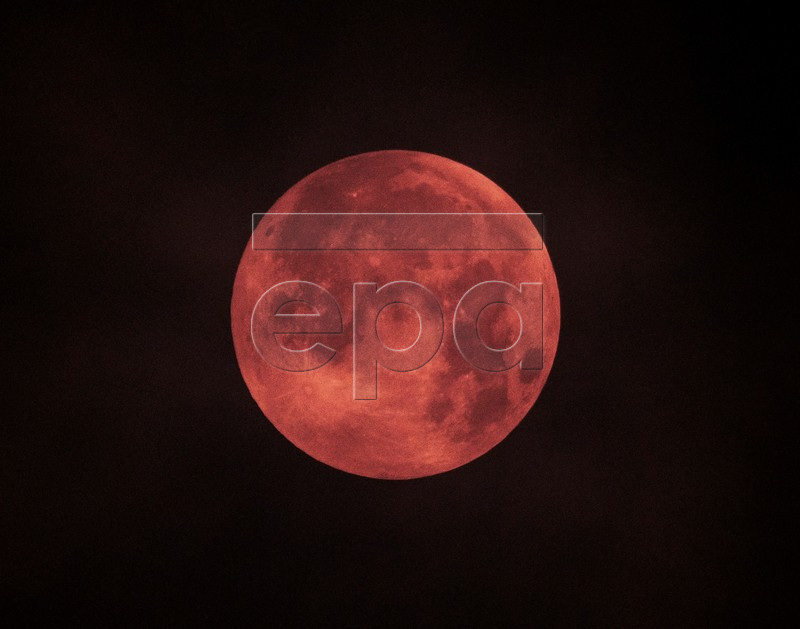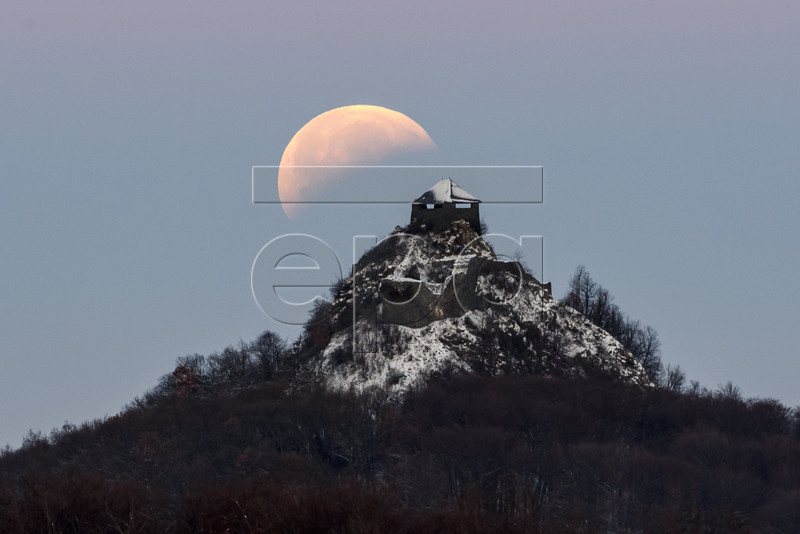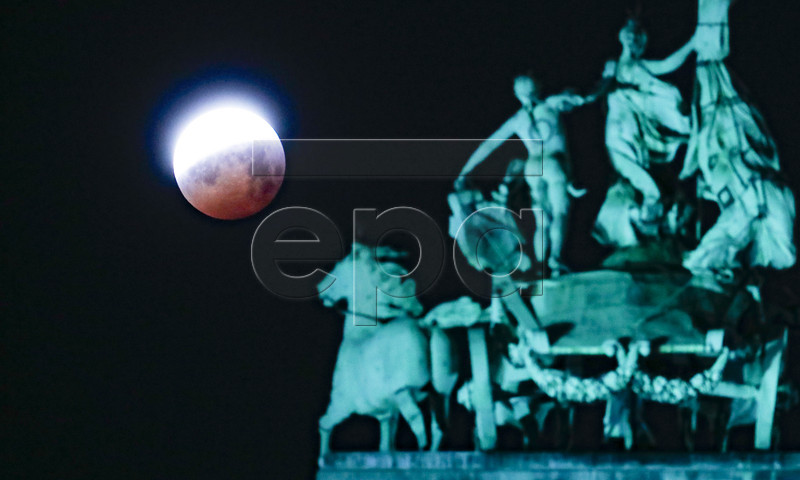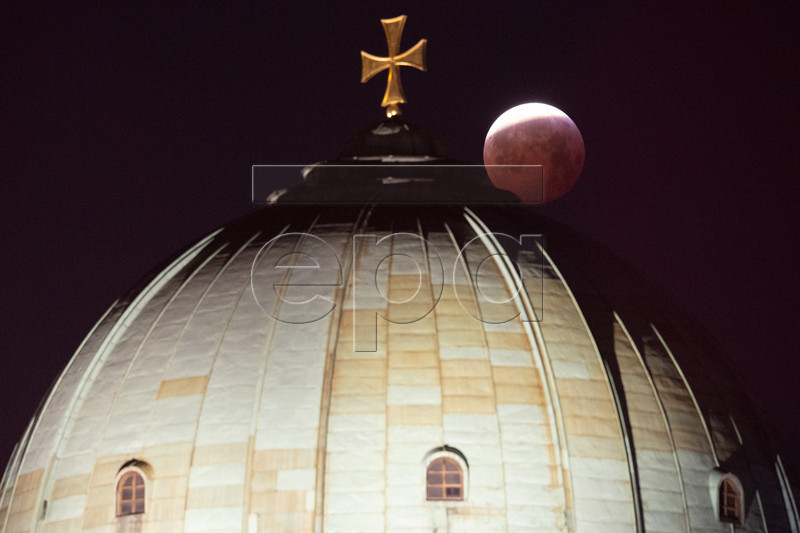Don't Miss
- 10sBalls Shares The 2019 U.S. Open Ladies Draw
- Tennis Racket News • 2019 Wilson Blade Series Launched
- Ladies Qualifying Draw, Results, & Order Of Play From The 2019 US Open Tennis
- Men’s Qualifying Draw, Results, & Order Of Play From The 2019 US Open Tennis
- Tennis News • U.S. Open Seed Report: Djokovic Leads The Way
- Postcard From Dusan Vemic From New York City And The U.S. Open
- Old Tennis Players Never Die • They Just Lose Their Balls
- Ladies Qualifying Draw, Results, & Order Of Play From The 2019 US Open Tennis
- Men’s Qualifying Draw, Results, & Order Of Play From The 2019 US Open Tennis
- Updated Draws & Order Of Play From The WTA Bronx Open Tennis
10sBalls Tennis Shares EPA Photos From The Eclipse
- Updated: January 21, 2019

View of the ‘super blood moon’ seen from Mallorca, Spain, early 21 January 2019. The entire eclipse was visible from North and South America, as well as parts of western Europe and north Africa. The phenomenon was referred to by some as a ‘super blood wolf moon’ being a combination of a ‘blood moon’ as, during the eclipse, only the sun rays refracted by the earth atmosphere are reflected from the moon surface and give it a reddish color, a ‘supermoon’ given the large apparent size of the moon due to its relative proximity to earth and finally a ‘wolf moon’, the name often given to the full moon in January. EPA-EFE/CATI CLADERA
The moon fully shadowed by the Earth is seen above the castle of Salgo during a total lunar eclipse near Salgotarjan, some 109km northeast of Budapest, Hungary, 21 January 2019. The entire eclipse was visible from North and South America, as well as parts of western Europe and north Africa. The phenomenon was referred to by some as a ‘super blood wolf moon’ being a combination of a ‘blood moon’ as, during the eclipse, only the sun rays refracted by the earth atmosphere are reflected from the moon surface and give it a reddish color, a ‘supermoon’ given the large apparent size of the moon due to its relative proximity to earth and finally a ‘wolf moon’, the name often given to the full moon in January. EPA-EFE/PETER KOMKA
A view of the so-called blood moon next to the mine winding tower of Ewald colliery during the first total lunar eclipse of the year in Herten, Germany, 21 January 2019. The entire eclipse is visible from North and South America, as well as parts of western Europe and north Africa. EPA-EFE/FRIEDEMANN VOGEL
The so-called ‘Super Blood Wolf Moon’ is seen over city center in Prague, Czech Republic, 21 January 2019. The entire lunar eclipse was visible from North and South America, as well as parts of western Europe and north Africa. EPA-EFE/MARTIN DIVISEK
A view of the lunar eclipse pictured in Jubilee Park, in Brussels, Belgium, 21 January 2019. The entire eclipse was visible from North and South America, as well as parts of western Europe and north Africa. The phenomenon was referred to by some as a ‘super blood wolf moon’ being a combination of a ‘blood moon’ as, during the eclipse, only the sun rays refracted by the earth atmosphere are reflected from the moon surface and give it a reddish color, a ‘supermoon’ given the large apparent size of the moon due to its relative proximity to earth and finally a ‘wolf moon’, the name often given to the full moon in January. EPA-EFE/OLIVIER HOSLET











